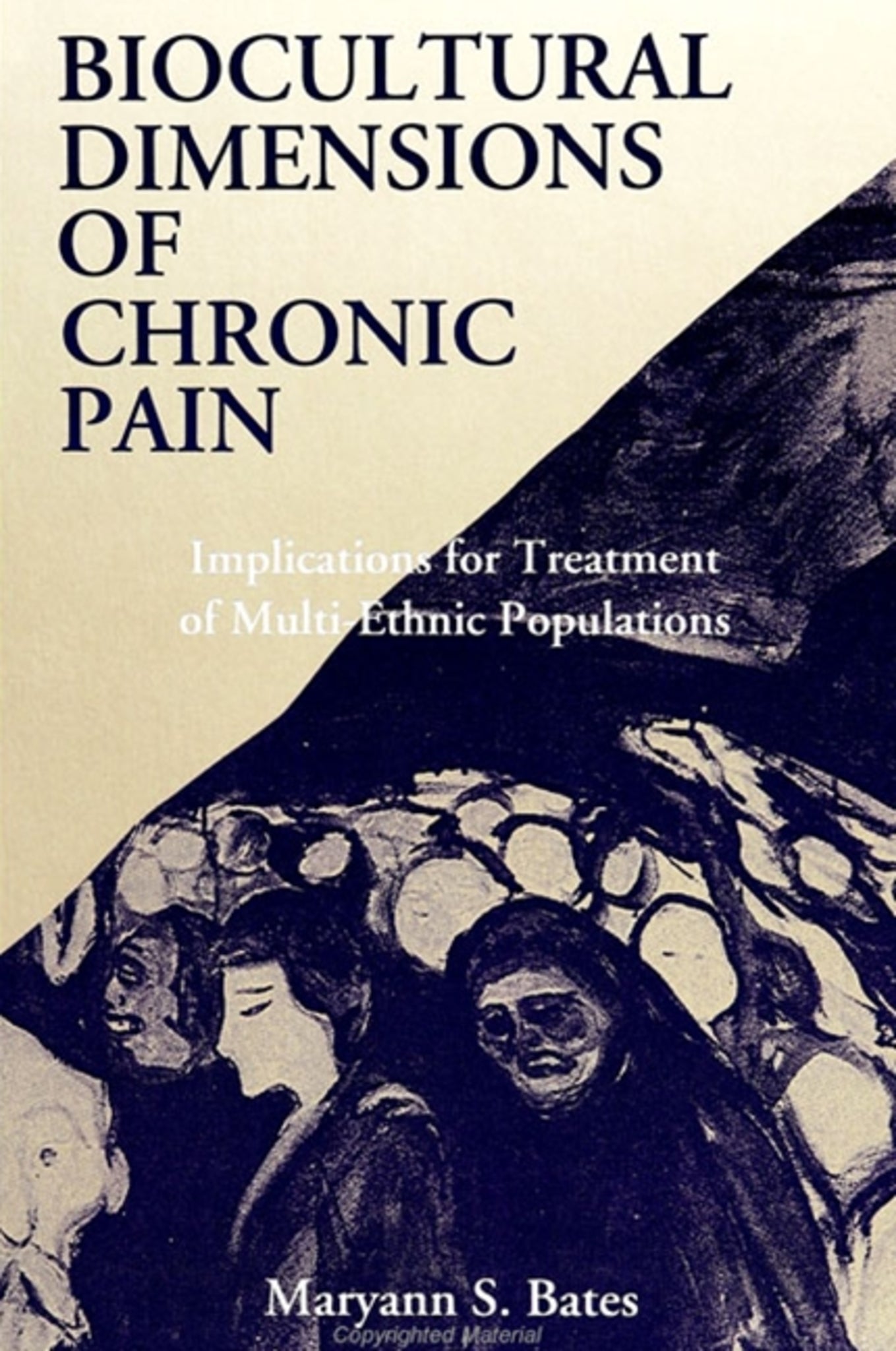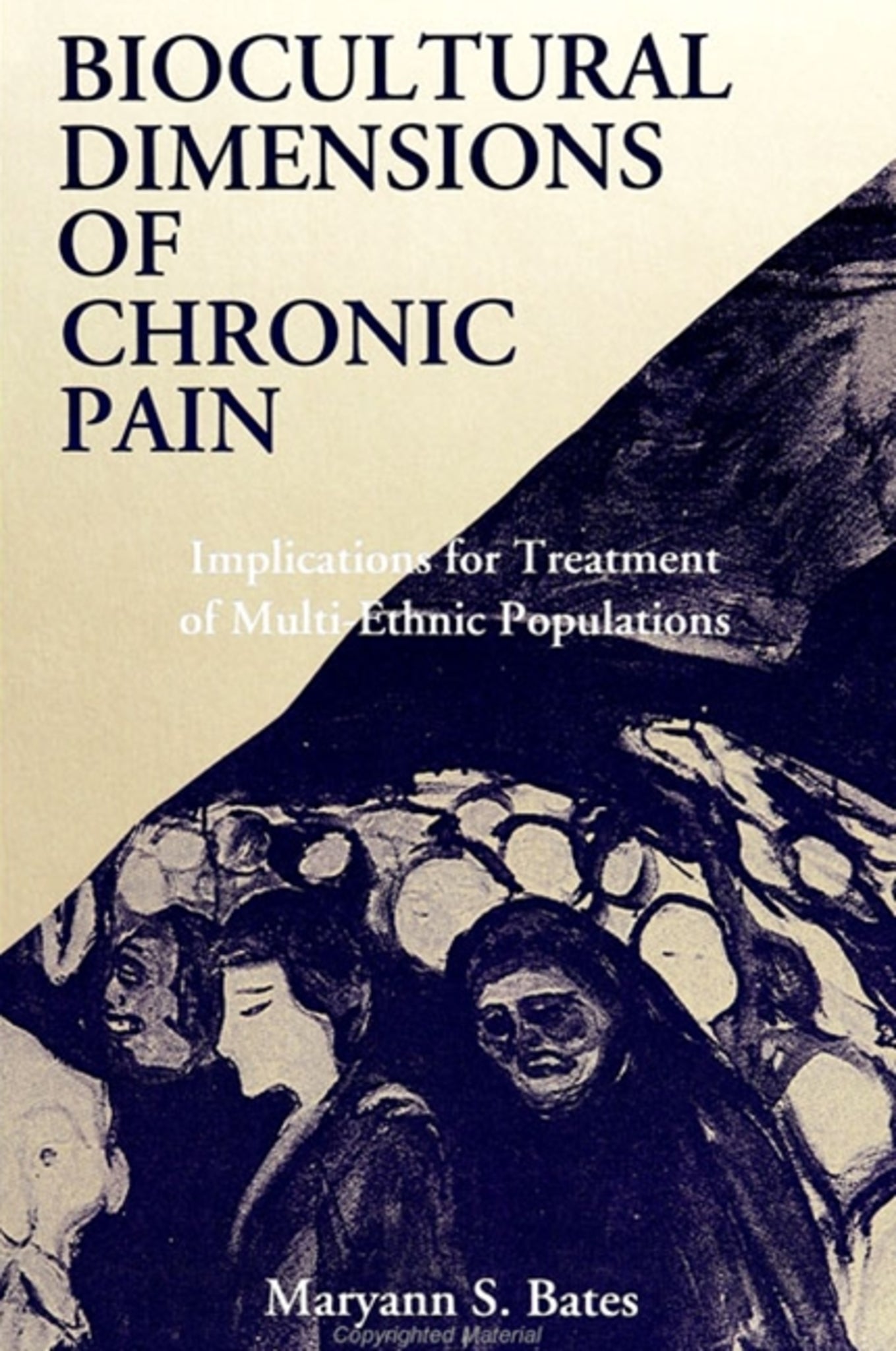We're sorry. An error has occurred
Please cancel or retry.
Biocultural Dimensions of Chronic Pain

Some error occured while loading the Quick View. Please close the Quick View and try reloading the page.
Couldn't load pickup availability
- Format:
-
30 November 1995

Based on qualitative and quantitative studies in the United States and Puerto Rico, this book demonstrates the significant effect of patients' and health care providers' ethnic and cultural backgrounds on chronic pain.
Based on qualitative and quantitative studies in the United States and Puerto Rico, this book demonstrates the significant effects of patients' and health providers' ethnic and cultural backgrounds on the chronic pain experience. A biocultural model from medical anthropology is used to contribute to a better understanding of the interaction of biology and culture in human pain perception. In the studies described, the factors most often associated with successful adjustment to chronic pain are not biomedical but cultural, psychosocial, or the cultural, political, and economic contexts of medical care, compensation and rehabilitation. Truly multi-disciplinary chronic pain treatment programs must be staffed by providers knowledgeable in cultural relativity and cultural self-awareness and should integrate a cultural assessment with an individualized rehabilitation and biopsychosocial treatment plan for each patient.


"What I like most about this book is that first it addresses an important issue: the role of ethnicity and culture in chronic pain.. Much of what Bates says also applies not only to chronic disease but virtually all types of disease. Second, the book is based on two major studies by the authors and her collaborators. Third, its use of quantitative methods is sound. Fourth, it successfully achieves a major goal of medical anthropology, that of bringing an anthropological approach to bear on clinical situations. Clinicians consulting this book will be impressed with the contributions an anthropological perspective can make to understanding health and disease. Fifth, the book deals adequately with the difficult issues of pain perception, intensity, and expression. Sixth, the examples of health care provider discrimination along ethnic lines are convincing, and finally, the discussion of workers' compensation problems is excellent." — Jean Jackson, Massachusetts Institute of Technology
List of Tables
List of Figures
Introduction
1. Worlds of Pain
2. Chronic Pain: Theories and Research and Treatment Approaches
3. A New England Study of Cultural Influences on the Chronic Pain Experience
4. Variations in Reported Pain Intensity in the New England Population
5. Inter- and Intra-Ethnic-Group Variations in Pain Responses in the New England Population
6. The Puerto Rican Study
7. Comparisons of Puerto Ricans with New England Latinos and Anglo Americans
8. Summary and Conclusions
Appendix A: English Ethnicity and Pain Survey
Appendix B: English and Spanish McGill Pain Questionnaires
Appendix C: English Ethnicity and Pain Questionnaire
Appendix D: Spanish Ethnicity and Pain Survey and Ethnicity and Pain Questionnaire
Appendix E: Pain Control Center Questionnaire
Appendix F: Supplemental Statistical Tables
Glossary
References
Index



